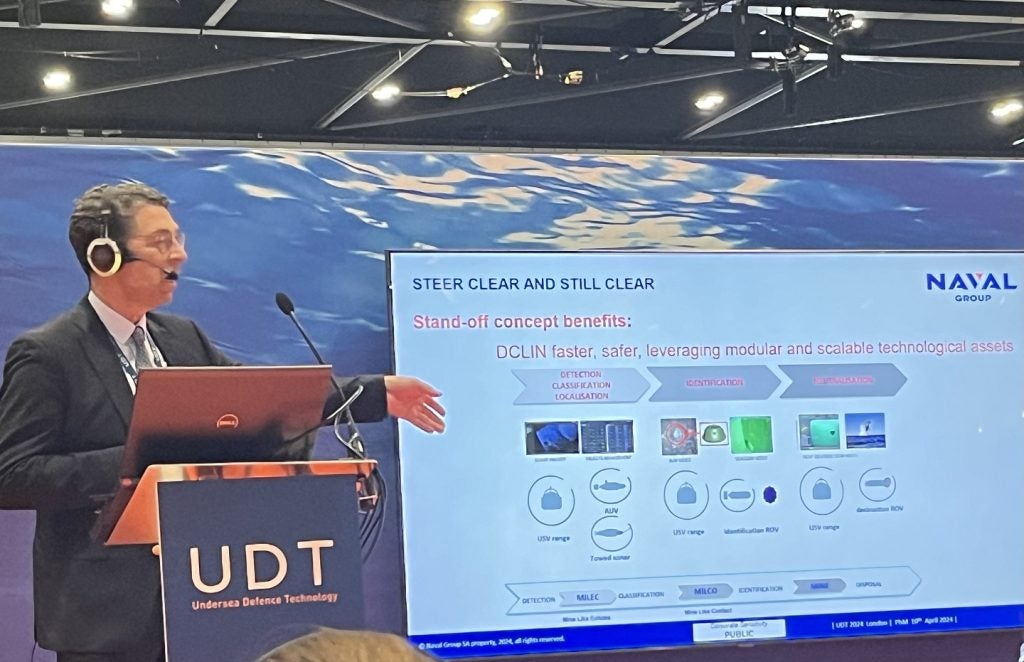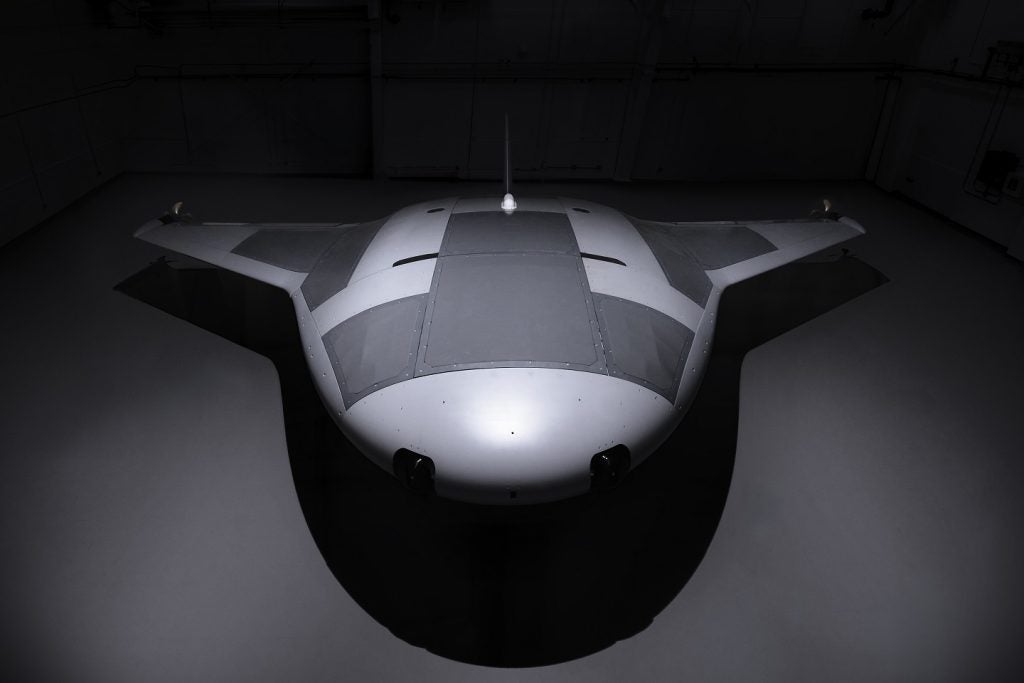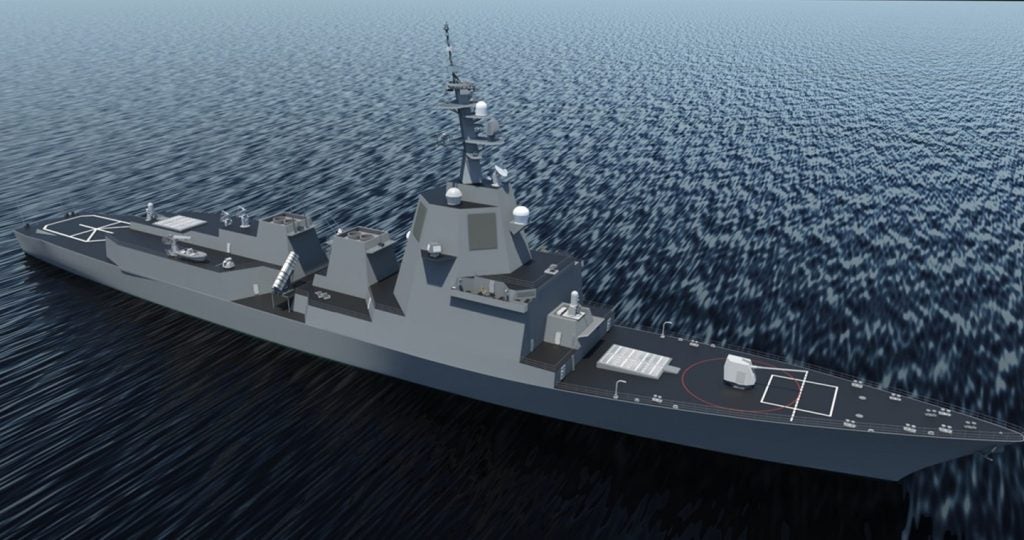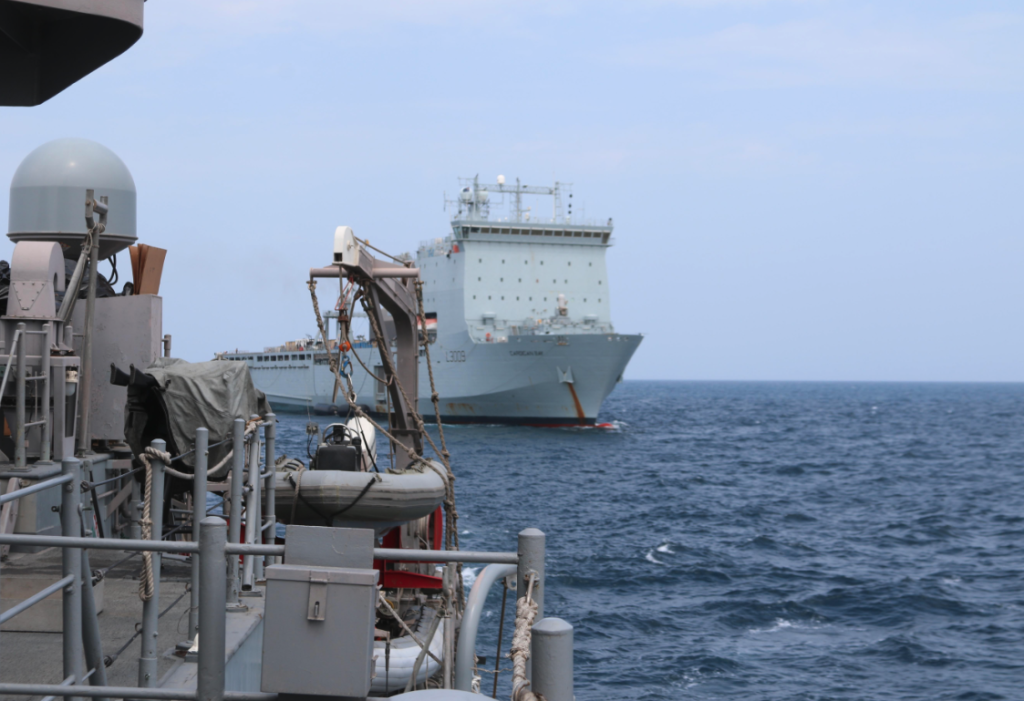
US-based Northrop Grumman Corporation has secured a contract with Korea Aerospace Industries (KAI) to provide the Airborne Laser Mine Detection System (ALMDS) and technical support for South Korea’s Korean mine countermeasures helicopter (KMCH) programme.
The strategic partnership represents advancing naval mine detection capabilities and bolsters South Korea’s defence capabilities.
As the engineering, manufacturing and design phase progresses, the inclusion of the ALMDS is poised to make a difference in South Korea’s naval mine detection capabilities.
In GlobalData’s Analyst Briefing: The global ambitions of the South Korean defence industry, Tristan Sauer outlined South Korea’s relationship with US industry. “As a long-time US military ally, South Korea has benefitted from extensive cooperation and financial support in the defence sector as the omnipresent threat posed by the neighbouring Democratic People’s Republic of Korea has provided ample justification for consistent military investment.”
Janice Zilch, vice-president of Multi-Domain Command and Control programmes at Northrop Grumman, emphasised the commitment to delivering advanced solutions to the Republic of Korea’s Ministry of National Defence.
She stated: “Our strategic partnership with KAI to bring ALMDS technology to the KMCH programme builds on our decades of commitment to deliver advanced solutions that support the Republic of Korea’s Ministry of National Defence.”
Chang-heon Han, executive vice-president of the Rotary Wing Division at Korea Aerospace Industries, expressed strong confidence in the impact of ALMDS integration. “The mission of ALMDS is to detect, classify and localise floating and near-surface moored mines rapidly.
“KAI is convinced that the ALMDS integration will make a significant improvement to the Republic of Korea’s Navy mine detection capabilities. The programme will also enhance our strategic partnership with Northrop Grumman in the defence domain.”
The Airborne Laser Mine Detection System is designed for untethered day or night operations, enabling high area search rates. Its capabilities extend to providing precise target geo-location data, a component in allowing the subsequent neutralisation of detected mines.








